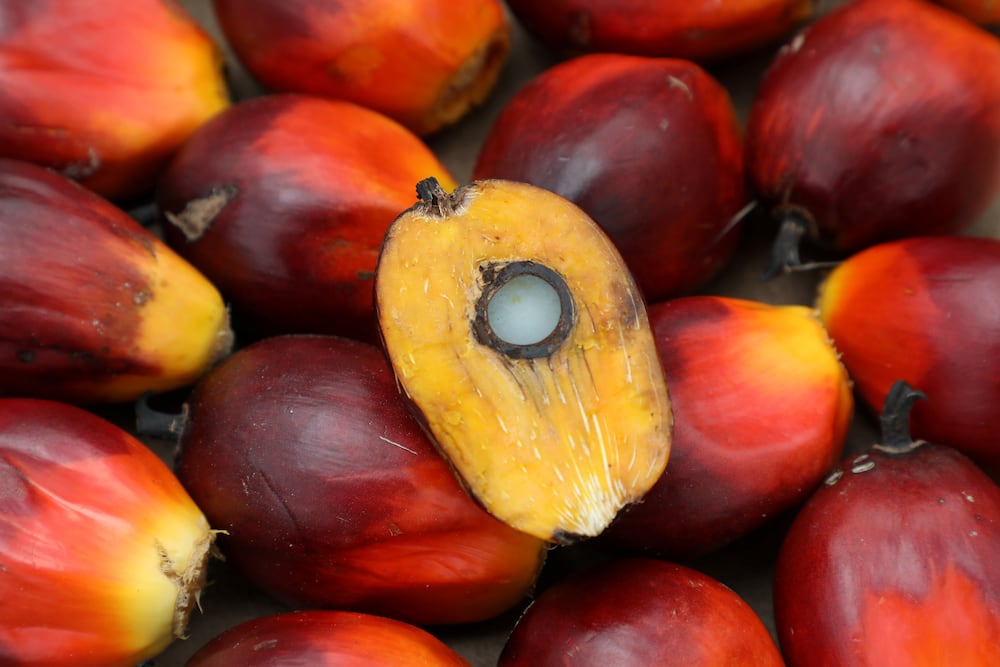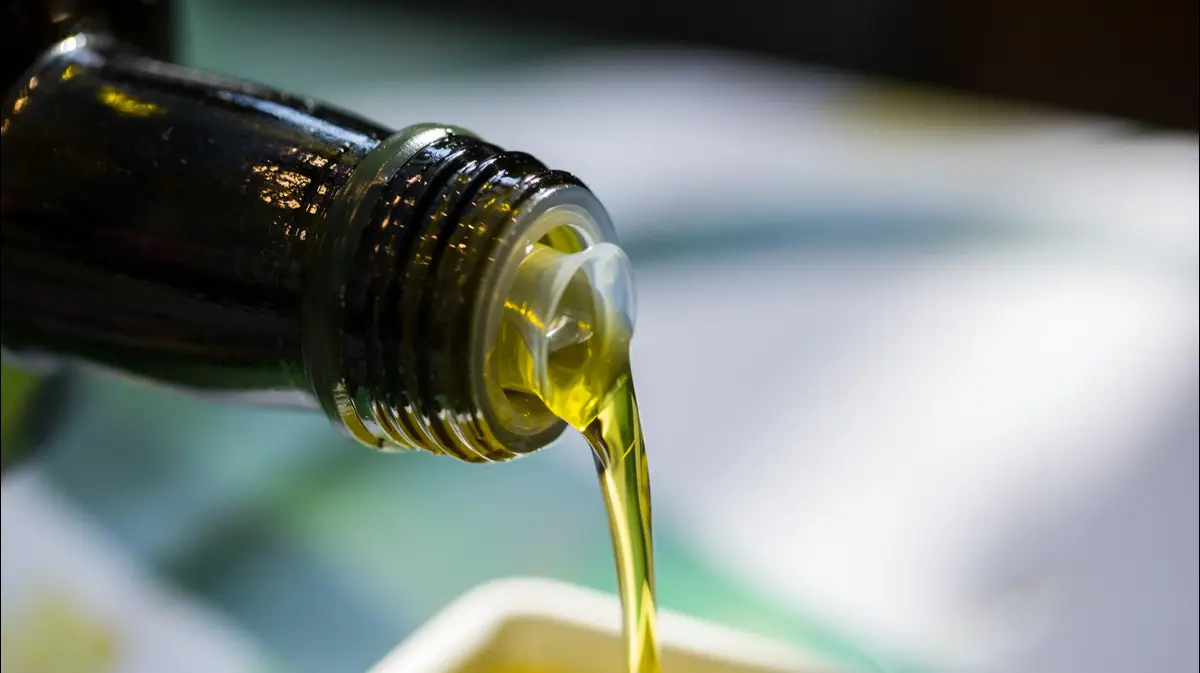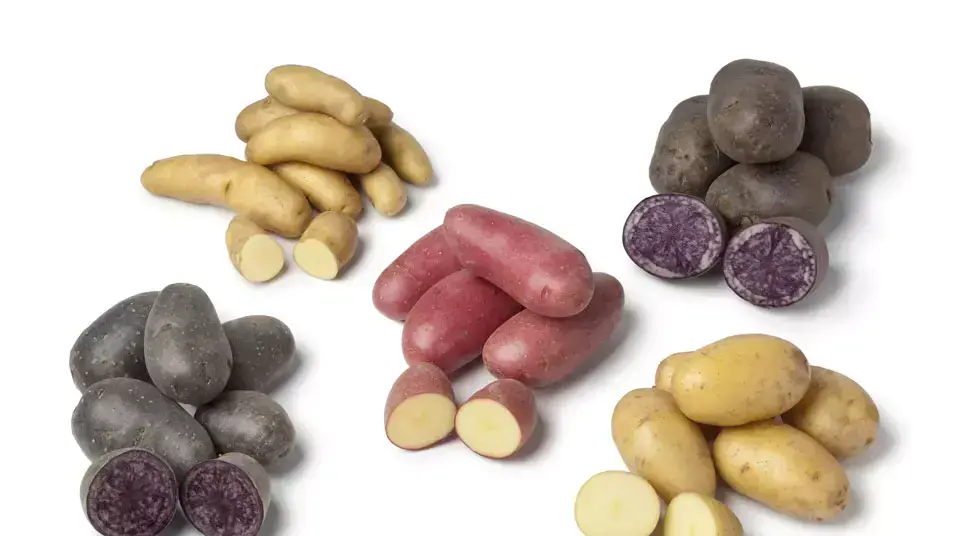One of those damn ingredients we look at the most when we check a food label is fat.
Even today it generates many misgivings because the idea that it makes you fat and is bad for your health is still very widespread.
This goes back a long way.
In the 20th century, animal fats were very badly considered because the knowledge that existed at the time inexorably related them to the development of cardiovascular diseases.
So they were replaced by oils of vegetable origin, since they have a much better reputation.
Unlike what happens with fats, such as butter or lard, oils, such as olive or sunflower, are liquid at room temperature.
This raises problems from a technological point of view, because when they are used as an ingredient in certain products, such as chocolate palm trees, empanadas, croissants, etc., the organoleptic characteristics are impaired: they melt at room temperature, they provide an unappetizing appearance. , have a less pleasant texture, etc.
"As consumers we have no way of knowing the amount of trans fat a product contains, because that information is not shown on the label"
To try to solve these problems without having to abandon the use of vegetable oils, they used a process known as hydrogenation, which, said badly and soon, consists of adding hydrogen atoms to the fatty acids of the oils to change their structure, so that they go from being unsaturated (and liquid at room temperature) to being a little more saturated (and a little more solid).
In this way, the oils are somewhat more solid than usual, so they are more stable, rancid less easily and give the products better characteristics, especially in terms of appearance and texture.
This is how the famous hydrogenated fats are obtained.
The problem is that this process can lead to the formation of the so-called trans fatty acids, which for many years held the title of public enemy number one.
There were justified reasons for this, because today we know for sure that its consumption increases the risk of cardiovascular diseases.
For this reason, the health authorities agree that it is necessary to reduce their consumption or eliminate them completely from the diet.
This, added to social concern, led many manufacturers to look for alternatives to avoid the presence of these trans fats in food.
One of the solutions consisted in improving the processes with which these more solid vegetable fats are obtained.
Today the presence of hydrogenated fats in the ingredient list of a product no longer necessarily implies that it contains trans fats.
That they do not bundle you with food
Publisher: Ediciones Destino
Collection: Imago Mundi
Number of pages: 376
Price: € 17.90
In any case, as consumers we have no way of knowing the amount of trans fats that a product contains, because that information is not shown on the label, unlike what happens in countries like the United States where it is mandatory.
In fact, at the time of writing this book, maximum limits for the content of these products in food are not even defined in European legislation.
It was scheduled for 2014, but its delay was announced until 2021 (as of April 1 of this year, a European limit for these trans fats of industrial origin comes into force).
This regulation does exist in some European countries, such as Denmark, where food cannot contain more than 2% trans fat per 100 grams of fat.
In Spain we are still waiting.
At the moment what we know is that, according to a study published by the Ministry of Health in 2015, the average content of these fats in food was less than 2% with respect to total fat, that is, the amount is not it is very high, but it would be desirable for it to be even lower.
From hydrogenated fats to palm oil
Hydrogenated fats and trans fats don't get as much attention as they used to, and it's mostly because they're used less and less in the food industry due to their bad reputation.
Instead, other options began to be used.
The most immediate was palm oil, which in a short time became ubiquitous in most ultra-processed foods, mainly due to its low cost and its technological characteristics.
It is an oil that has a high proportion of saturated fatty acids, so it gives the products a good texture and a suitable appearance, which are maintained over time.
Palm oil didn't suddenly fall from the sky, but it did.
It has been used in the formulation of many products for a long time, but we were not aware of it because it was declared in the list of ingredients as "vegetable fat".
This changed at the end of 2014, when the European regulation came into force that requires specifying the name of each of the fats that a product contains, instead of declaring them generically.
From then on we began to find palm oil even in the soup ... literally.
History repeated itself.
In a short time this oil acquired a very bad reputation.
It was mainly due to two reasons.
On the one hand, there was much and bad talk about the way in which the raw material is obtained, which comes mainly from Indonesia and Malaysia, where its exploitation has a huge environmental impact and is carried out in working conditions that leave much to be desired.
"Palm oil is not the most recommended, but that does not mean that it is toxic or poisonous"
On the other, in a short space of time there were several publications that warned of the possible effects of this oil on health.
Among them, a report from the European Food Safety Authority (EFSA) that warned of the presence of toxic compounds in palm oil, derived from the heating that is applied in the production process.
Studies were also published that linked one of the components of palm oil with adverse health effects.
It is palmitic acid, which precisely receives that name because it is abundant in this type of oil (it is found in a proportion of approximately 43%).
Anyway, it is not clear that this fatty acid is as bad as it is sometimes painted.
In addition, it is one of the most common and is naturally present in countless foods, such as olive oil or milk.
The conclusion that we can draw from all this is that palm oil is not the most recommended, especially in an environment where we have a much healthier oil, such as olive oil.
But that does not mean that it is toxic or poisonous, as some media published.
The truth is that it is not clear that its consumption has a detrimental effect on health, or at least not as much as many people think.
In any case, our attention in this aspect should not focus so much on palm oil and its characteristics, but rather on the products in which it is found: cookies, pizzas, croissants, donuts, etc.
After the social concern generated by palm oil in Spain between 2016 and 2017, many companies began to replace it with other types of fat, such as coconut oil, and to highlight the absence of the dreaded ingredient on the packaging.
In these cases we should also apply the maxim of looking at the food as a whole instead of focusing on an isolated ingredient.
Miguel A. Lurueña
(
@gominolasdpetro
) is a doctor, a graduate in food science and technology, an agri-food technical engineer and a scientific disseminator (
www.gominolasdepetroleo.com
).
NUTRIR CON CIENCIA
is a section on diet based on scientific evidence and knowledge verified by specialists.
Eating is much more than a pleasure and a necessity: diet and eating habits are right now the public health factor that can help us the most to prevent many diseases, from many types of cancer to diabetes.
A team of dietitians-nutritionists will help us to better understand the importance of food and to break down, thanks to science, the myths that lead us to eat badly.
You can follow
Materia
on
,
,
or subscribe here to our
newsletter












/cloudfront-eu-central-1.images.arcpublishing.com/prisa/KMEYMJKESBAZBE4MRBAM4TGHIQ.jpg)


